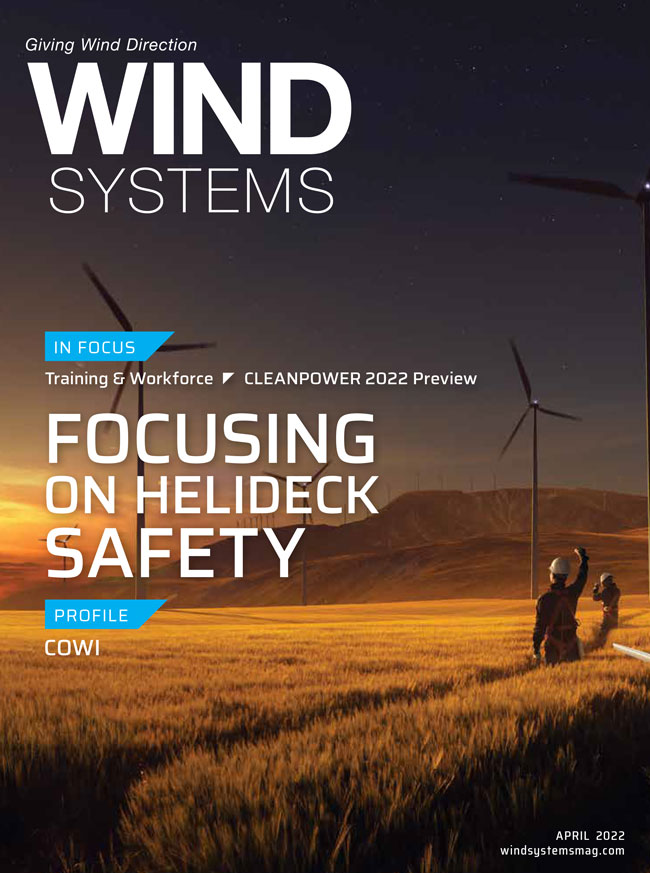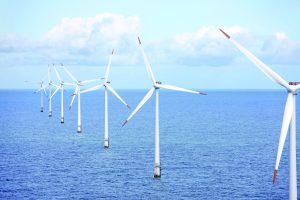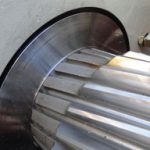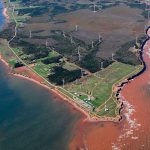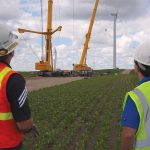Helicopters are an integral part of offshore wind operations. Whether transporting crew members, moving equipment, conducting rescue operations, aiding with turbine maintenance, or conducting inspections, helicopters have numerous applications that support a strong investment in efficiency, productivity, and safety.
Without the right intelligence, changing weather can be a costly factor. In fact, just one helicopter trip to an offshore location could cost up to several thousands of dollars. However, more important than the financial ramifications, without accurate and reliable weather data available, these operations can also pose a significant safety risk.
From supporting the crews for wind-turbine installation vessels (WTIVs) in the construction of offshore wind farms to transporting maintenance and service technicians through helicopter hoist operations, decision-makers are tasked with using innovative technologies to monitor weather changes for a positive impact on helicopter operations in offshore operations.
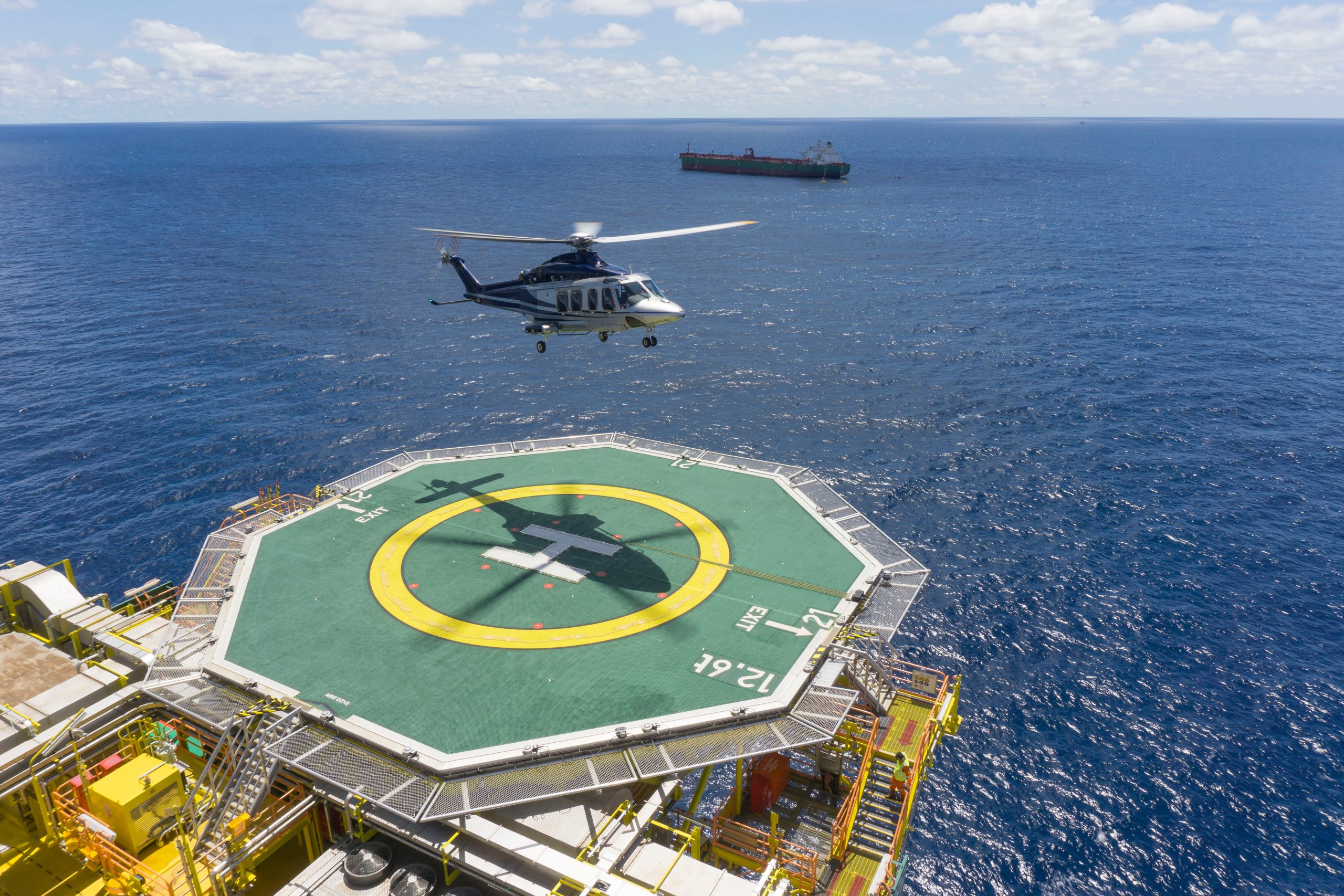
Offshore Safety and Challenges
Offshore wind farms face myriad safety challenges simply because of their location in windy areas. From their hard-to-access, remote locations to the demanding environmental conditions at project sites, the development of offshore wind farms faces several operational challenges that can result in expensive delays and safety risks.
To ensure safety, helideck regulations have been updated all around the world. Offshore decision makers need to be aware of regulations, such as the U.K.’s CAA CAP437 Rev9, Norway’s BSL D 5-1 and Brazil’s Normam-27, as well as all relevant International Civil Aviation Organization and World Meteorological Organization regulations. Compliance with these regulations is a good first step in protecting an offshore wind operation’s most valuable asset — its personnel.
In addition to creating issues during construction, certain wave heights, decreased visibility in dense turbine parks and especially strong wind gusts can have a huge impact on operations. Hazardous weather can make the flight corridor to a wind park challenging, which not only raises safety concerns but can also cause costly delays as crews wait for the optimal weather window for safe and efficient accessibility.
One of the most dangerous aspects of storms at offshore wind parks is lightning. Due to the height of offshore wind turbines, which can exceed 220 meters, lightning can present a serious risk to personnel and cause significant damage to wind turbines. Crane lifting operations are occurring at higher altitudes, which attract lightning, thereby increasing the likelihood of a direct lightning strike, which can cause a safety hazard, an equipment malfunction, or possibly even fire. Accurate, real-time weather data is also crucial for helicopter flight planning. Tracking storms can give decision makers crucial information ahead of time to keep these operations running safely and efficiently. Plus, as extreme lightning events happen more frequently, the potential for infrastructure damage increases.
Since the investment in offshore wind surpassed $300 billion last year, according to the Global Wind Energy Council, it’s important to use tools that may help protect the investment.
Changing ocean conditions also affect offshore helidecks. This is an issue for floating helidecks. As one can imagine, a moving helideck makes it incredibly difficult, if not impossible, to safely land a helicopter. Again, this not only presents a safety concern but can create delays, which are inconvenient and expensive. To keep helicopter pilots and the personnel and cargo onboard safe, reliable data on helideck motion are needed.
Fortunately, monitoring systems provide reliable real-time alerts when a helideck is not safe for landing, indicated to pilots visually by changing light colors on the helideck platform itself.
Full Scale Offshore Weather Awareness
With helicopter services expanding alongside the booming offshore wind industry, accurate and reliable environmental monitoring has become even more critical for ensuring safety and efficiency of helideck operations in offshore substations and helideck platforms on moving vessels. Helideck monitoring systems (HMS) include all of the necessary weather and environmental parameters and go even further to include real-time data access and reporting that can be easily shared with key stakeholders to support effective decision making.
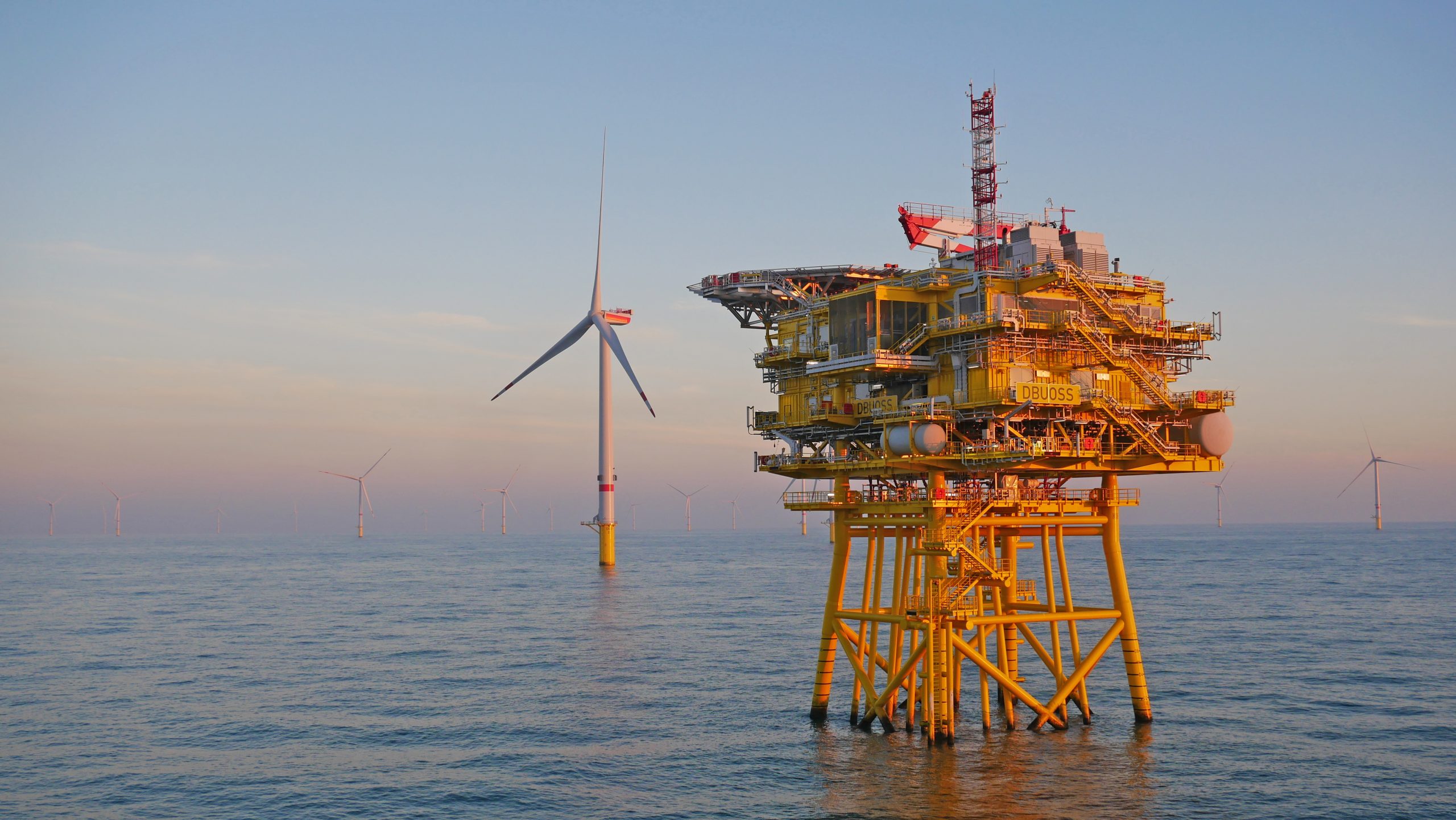
While offshore helidecks can face many unique challenges, emerging HMS technologies are solving these concerns. A suite of reliable sensors for weather, wave height, and helideck motion is an investment that keeps crews safe and optimizes efficient offshore wind-farm operations. Real-time data on prevailing conditions makes for faster decisions and lower costs due to minimized downtime.
What’s more is that reliable HMS can be conveniently expanded to a full-scale offshore weather awareness solution for offshore wind farms facing additional challenges. This might include accurate weather and sea-state data that is important for other operations on the vessel such as crane lifts, loading/unloading, and docking on turbines. A full scale offshore weather awareness solution can also be equipped with modern weather forecast and lightning data APIs for more holistic situational weather and environmental insights.
Advanced Technologies Drive the Way Forward
Just as technology has moved us toward a future of clean energy, technological advancements can also help us ensure the safety and sustainability of that future. Advanced solutions like HMS can make offshore wind-farm operations even more efficient and protect the project’s personnel from the risks associated with demanding offshore environments. Equipped with accurate and reliable weather and environmental data, as well as helideck motion and vessel position information, in real time, pilots can ensure efficient takeoffs and landings without compromising safety. Also new real-time data-based services such as lightning data or weather forecasting can be easily integrated into the system over API interfaces. After all, your people are your most valuable asset. Mind the weather for them.
















